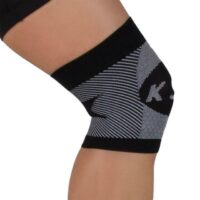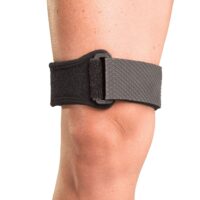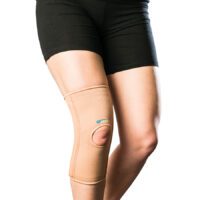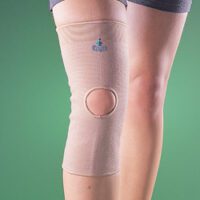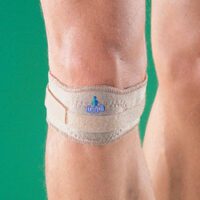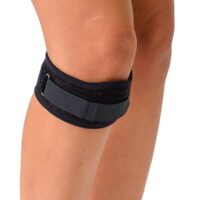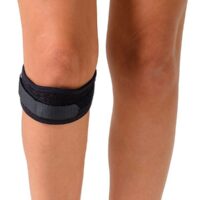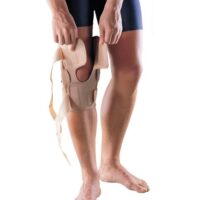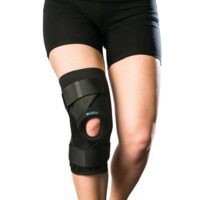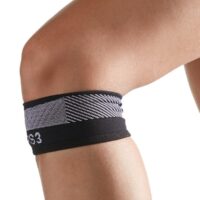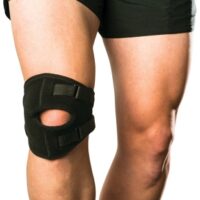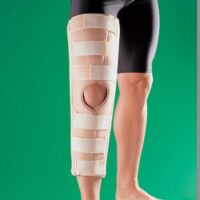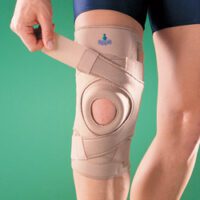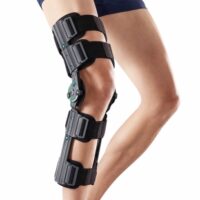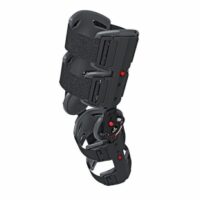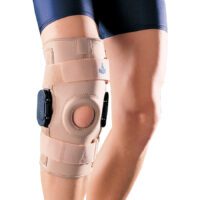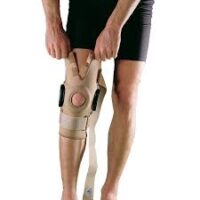Patellofemoral Pain Syndrome (PFPS)
Article by J. Miller, S.Armfield

Patellofemoral Pain Syndrome (PFPS)
A Guide to Kneecap Pain
Patellofemoral Pain Syndrome (PFPS), also commonly referred to as kneecap pain, is a prevalent condition that presents as discomfort right where your patella, or kneecap, articulates with the femur. PFPS can be particularly bothersome, especially since it affects a joint that’s crucial for everyday movement.
What Triggers Patellofemoral Pain?
The primary culprit behind PFPS is the undue strain on the patellofemoral joint. This can stem from poor alignment of the kneecap, often aggravated by an imbalance in muscle strength or biomechanical inefficiencies. Such an imbalance may cause the kneecap to track incorrectly, leading to increased pressure and friction against the femur—resulting in pain. Athletes involved in activities that put repetitive stress on the knees, such as running, jumping, or squatting, are especially susceptible to developing PFPS.
Causes of PFPS
Abnormal muscle balance and biomechanical control issues are the most common causes of PFPS. Weakness in the hip muscles, particularly the gluteal muscles, or issues like flat feet, can result in the patella veering to one side. Moreover, an imbalance between the inner and outer quadriceps muscles can cause the kneecap to misalign. Tightness in the lateral structures of the knee, such as the lateral retinaculum and iliotibial band (ITB), can further exacerbate this pain. genetic can playa role with chondromalacia patella being a predisposer to PFPS.
Recognising PFPS Symptoms
PFPS typically develops over time and is not usually tied to a single incident. The pain associated with PFPS might manifest during activities like walking, running, squatting, or even while sitting for extended periods—often referred to as “theatre knee.”
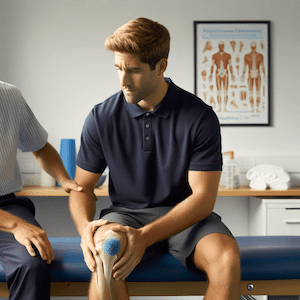
Patellofemoral Syndrome Treatment
When it comes to treating PFPS, physiotherapy stands out as a particularly effective approach. Through a tailored mix of exercises and manual therapy, physiotherapists can help alleviate pain and restore function to the knee.
Exercise: The Cornerstone of PFPS Treatment
Strengthening exercises are a cornerstone of PFPS management. Targeting the quadriceps, gluteal, and foot arch muscles not only reduces pain but also improves joint function. A physiotherapist can craft a personalised exercise plan that focuses on muscle strength and balance, vital for recovering from PFPS.
The Role of Manual Therapy in Managing PFPS
Physiotherapists utilise manual therapy techniques that can help reduce kneecap pain and improve knee joint mobility. Techniques may include soft tissue massage, mobilisation, and stretching—all aimed at reducing tension and correcting misalignments that contribute to PFPS.
Rest, Ice, and Practical Tips
In the initial stages of PFPS, resting the knee and applying ice can be quite beneficial for reducing pain and inflammation. Simple lifestyle adjustments, such as avoiding aggravating activities and incorporating rest periods, can go a long way in managing PFPS symptoms.
Supportive Measures: Taping and Bracing
Kneecap taping or bracing is another strategy physiotherapists use to provide support and alleviate pain. By ensuring proper alignment of the patella, these supportive measures can be instrumental in the healing process.
Footwear: Walking the Right Path
Correct footwear is essential in managing PFPS. Shoes that offer good support and cushioning can make a significant difference in knee comfort. A physiotherapist or podiatrist can provide recommendations based on individual needs.
Medication: An Adjunct to Physiotherapy
While physiotherapy focuses on the mechanical aspects of PFPS treatment, medications such as nonsteroidal anti-inflammatory drugs (NSAIDs) may be recommended for pain management. They can help reduce inflammation and pain as an adjunct to physiotherapy.
Safeguarding Against PFPS in Adolescents
Adolescents are particularly vulnerable to PFPS due to the rapid growth of long bones compared to muscles and tendons. Ensuring proper stretching and strength training can help mitigate the risk of PFPS in this age group.
The Importance of Addressing Biomechanical Issues
To prevent recurrence of PFPS, it is crucial to address underlying biomechanical issues. Proper gait and movement patterns can reduce undue stress on the knee, which is essential for long-term relief from PFPS.
Conclusion: The Path to Overcoming PFPS
PFPS can be a hindrance to daily activities, but with a comprehensive treatment approach focusing on physiotherapy, significant improvement can be achieved. By understanding the mechanics of PFPS and engaging in a structured treatment plan that includes exercise, manual therapy, supportive measures, and appropriate lifestyle changes, individuals can expect to regain their knee function and return to their daily routines without pain. Remember, a proactive approach and early intervention are key to managing PFPS effectively. Working closely with a healthcare provider to develop a personalised treatment strategy is the best way to ensure a successful recovery from this knee condition.
Related Articles
- Patellar Tendinopathy – Learn about “jumper’s knee” and how repetitive stress on the patella tendon can lead to pain.
- Understanding Knee Pain: Causes, Relief, Physio & Prevention – Offers a comprehensive overview of knee pain causes, including PFPS, and various treatment options.
- Chondromalacia Patella – Explore the condition where the kneecap’s undersurface becomes irritated, leading to pain.
- Patella Dislocation – Find out about the causes, symptoms, and treatment of patella dislocation and its relation to knee pain.
- Effective Management Of Fat Pad Syndrome – Provides insights into another condition that can cause pain in the knee area.
- Knee Bursitis – Discover how inflammation of the knee’s bursae can lead to significant pain and what treatments can help.
- Quadriceps Tendinopathy – A look into injuries to the quadriceps tendon and their treatment.
- Pes Anserinus – Learn about tendinopathy and other knee conditions that could affect or be affected by PFPS.











